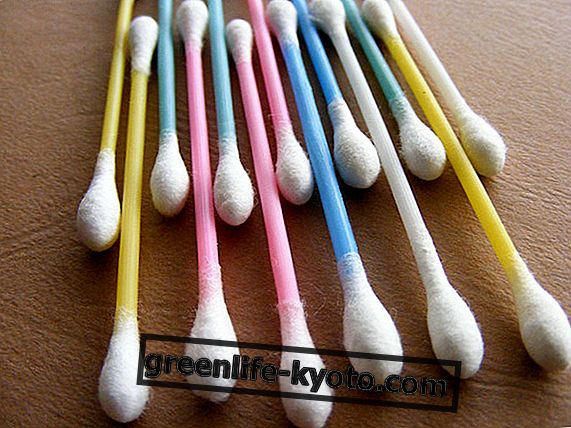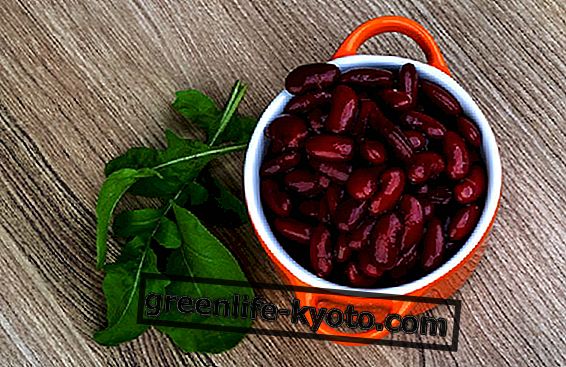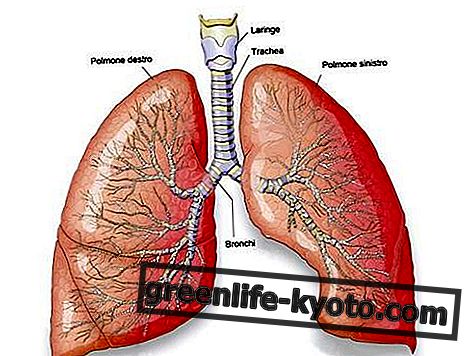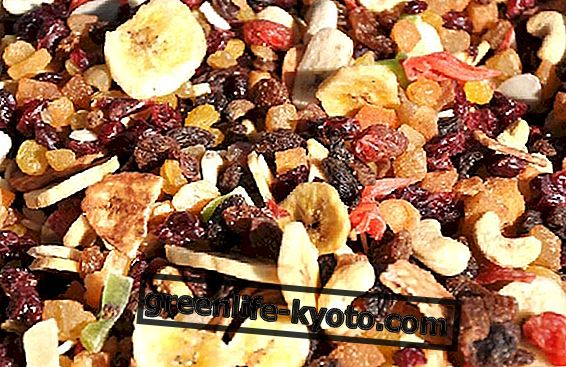
It happens like this, that you eat too fast, or too heavy, or unhealthy foods. Or you are not well.
And then stomach pain starts, which can be accompanied by nausea or vomiting, or diarrhea .
The situation is not the happiest, but it could resolve well and quickly.
First of all, trying to trace the causes of stomach pain after eating and consequently knowing what to do for your upside down stomach. Here are some tips.
Stomach pain after eating: causes
Hands up who has never had a stomach ache. Nobody, right? Sooner or later everyone gets a stomach ache after eating.
He often appears for no apparent reason, but, he digs, there is always a reason.
These are the main causes of stomach pain after eating, let's see if you too find it:
- Do you eat too fast? The first digestion takes place with a correct chewing, which also gives the stomach time to start digesting the food that gradually reaches it. Eating too fast blocks these processes, making digestion very difficult
- Did you get cold (or too hot) immediately after eating? Digestion must take place at a constant external temperature. Every change in temperature forces the body to draw blood into other organs that are not digestive, thus interrupting the digestive processes in progress
- Are you upset? Stress, anxiety cause our body to implement the "attack or flight" system, drawing blood and energy from the muscles and removing it from the digestive system. Also in this case the digestion stops
- Have you eaten foods that cause heartburn? Gastritis, or pain due to increased acidity of the stomach is in fact caused by the ingestion of substances including foods (alcohol and coffee) and special drugs; the pain is widespread, like a strong burning, and often associated with vomiting
- Are you a victim of food poisoning ? Intoxication can occur because the food, poorly cooked, contains pathogenic bacteria, or has been treated with chemicals
- Do you have an inflamed appendix? Appendicitis occurs with acute pain in the lower right corner with nausea and vomiting.
- How is your pancreas? Pancreatitis occurs with pain in the upper abdomen 6-12 hours after a heavy meal, and can be followed by nausea, fever or rapid heartbeat
- Are you constipated? In the case of persistent constipation or intestinal blockage, stomach cramps can occur even after a moderate meal, followed by foul-smelling vomit.
- Do you have diverticula ? The presence of inflamed diverticula (diverticulitis) can create pain with cramps in the lower left part of the abdomen.
- How's your gall bladder? The presence of gallstones causes intense and intermittent pain, similar to a "vice", perceived around the upper region of the abdomen (in the middle or on the right), often accompanied by nausea and vomiting
- Do you have gastroenteritis? In the case of gastroenteritis, usually of viral origin, an upset stomach appears associated with widespread abdominal pain, vomiting, fever, malaise and diarrhea; normally there is a complete recovery within a few days
- None of the above? Stomach pain can be caused, for example, or favored by anything that increases stomach acidity: meals that are too abundant or difficult to digest, smoking, taking certain drugs (anti-inflammatory drugs, NSAIDs, aspirin or ibuprofen), excess alcohol, or drinks carbonated
Stomach pain: what to eat?
Stomach pain after eating: what to do
We have seen that stomach pain is very often treated by preventing it. However, if the stomach ache has already begun, it is up to running for cover. What to do for a stomach ache after eating? It depends on what the cause of the stomachache is.
Even if you don't know well why, but you have a stomach ache, you could follow some of these tips ... "to see the effect it makes", as Enzo Jannacci would have said:
- Consume an infusion made with a tablespoon of fennel seeds boiled in water
- Take a walk after eating your meal (watch out for temperature changes!)
- Drink plenty of non-alcoholic liquids (water always goes well), to dilute acidity
- Rice is an easy food to digest and can increase the absorption of liquids. When we feel unwell, we can eat a little white.
- Ginger relieves nausea and vomiting. We use ginger root, to be left to infuse in hot water for a few minutes.
- It may be useful to prepare a carrot centrifuge, to be diluted with water; add ginger and a little turmeric
- Licorice promotes digestion: we can make an infusion or consume the roots directly
- The green anise, peristalsis stimulant: its seeds can be used to make an infusion
- In the event of food poisoning or the presence of Helicobacter Pylorii an antibiotic will be required, but only the doctor can make the diagnosis and prescribe the correct therapy
- You can take natural supplements based on digestive enzymes, to improve digestion, or - on the doctor's opinion - drugs that can promote the emptying of the stomach (prokinetics).
When is it necessary to consult the doctor?
If the pain persists or recurs (there may be some underlying diseases); if the symptoms appear to be independent of eating habits; if the therapy you are following does not improve stomach pain and other symptoms; if traces of blood appear in the regurgitated material or if the feces are black and sticky, tarry; if the symptoms are associated with dyspnea (shortness of breath), fever, weakness or other general malaise.













